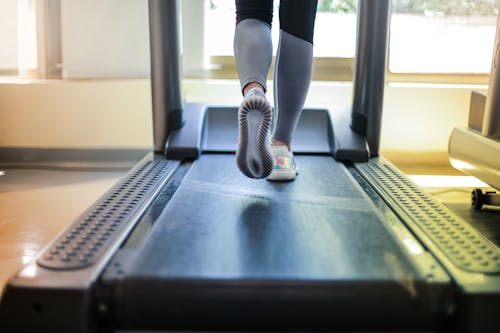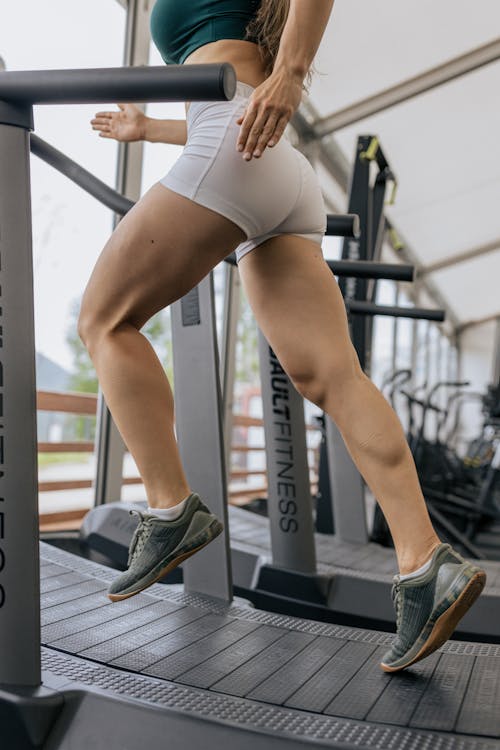In today’s ever-evolving financial landscape, savvy investors are constantly seeking new avenues to diversify their portfolios and secure their financial futures. One such avenue that has been gaining traction in recent years is the incorporation of cryptocurrency into Individual Retirement Accounts (IRAs) such as the best gold ira company.
While traditional retirement accounts have long been dominated by stocks, bonds, and mutual funds, the emergence of cryptocurrencies like Bitcoin, Ethereum, and others has opened up a whole new realm of possibilities for investors looking to capitalize on the potential of this burgeoning asset class.
One of the primary reasons investors are turning to cryptocurrency IRAs is the potential for outsized returns. Unlike traditional assets, which are subject to the fluctuations of the stock market and other external factors, cryptocurrencies operate on their decentralized networks and are not directly tied to any government or financial institution. This means that they can potentially offer higher returns than traditional assets, albeit with higher volatility. For investors with a long-term horizon and a tolerance for risk, this volatility can present significant opportunities for growth.
Another compelling reason to consider cryptocurrency IRAs is the ability to hedge against inflation and currency devaluation. With central banks around the world engaging in unprecedented levels of monetary stimulus, many investors are growing increasingly concerned about the long-term purchasing power of fiat currencies like the US dollar. Cryptocurrencies, with their finite supply and built-in mechanisms to prevent inflation, offer a potential hedge against these macroeconomic risks. By allocating a portion of their retirement portfolio to cryptocurrencies, investors can help protect themselves against the erosion of their purchasing power over time.
Additionally, cryptocurrency gold IRAs offer investors the ability to access alternative investment strategies that may not be available in traditional retirement accounts. For example, some cryptocurrency IRA providers offer the option to invest in initial coin offerings (ICOs), decentralized finance (DeFi) protocols, and other cutting-edge projects that have the potential to generate substantial returns. By diversifying their retirement portfolio with these alternative investments, investors can potentially enhance their overall returns while also gaining exposure to some of the most innovative developments in the cryptocurrency space.
Of course, it’s important to recognize that investing in cryptocurrency IRAs carries its own set of risks and challenges. That is why it is important to seek out the best gold ira company. Chief among these is the inherent volatility of the cryptocurrency market, which can result in sudden and significant fluctuations in the value of your investment. Additionally, the regulatory environment surrounding cryptocurrencies is still evolving, and there is always the risk of regulatory crackdowns or other unforeseen developments that could impact the value of your holdings.
To mitigate these risks, it’s important for investors to approach cryptocurrency IRAs with a long-term mindset and a diversified investment strategy. Rather than trying to time the market or chase short-term gains, investors should focus on building a balanced portfolio of cryptocurrencies and other assets that align with their risk tolerance and investment goals. This may involve working with a qualified financial advisor who can help guide you through the complexities of the cryptocurrency market and develop a personalized investment plan that is tailored to your individual needs and circumstances.
Cryptocurrency IRAs represent a compelling opportunity for investors looking to diversify their retirement portfolios and capitalize on the potential of this exciting asset class. By allocating a portion of your retirement savings to cryptocurrencies, you can potentially benefit from higher returns, protection against inflation, and access to alternative investment strategies that may not be available in traditional retirement accounts. However, it’s important to approach cryptocurrency IRAs with caution and to carefully consider the risks and challenges involved. With the right approach and mindset, cryptocurrency IRAs can be a valuable tool for building wealth and securing your financial future in the digital age.

Furthermore, one of the key advantages of cryptocurrency IRAs is the flexibility they offer in terms of asset allocation and investment options. Unlike traditional IRAs, which are typically limited to a relatively narrow range of investment choices, cryptocurrency IRAs allow investors to tailor their portfolios to their individual preferences and risk tolerance. Whether you’re interested in allocating a small percentage of your portfolio to Bitcoin as a hedge against inflation or diving deep into the world of altcoins in search of the next big winner, cryptocurrency IRAs provide the flexibility and freedom to pursue your investment goals on your own terms.
Moreover, cryptocurrency IRAs offer significant tax advantages that can help investors maximize their long-term returns very similar to the very best gold ira companies. In traditional IRAs, investment gains are typically taxed as ordinary income when withdrawn during retirement. However, with a Roth cryptocurrency IRA, investors can potentially enjoy tax-free growth and withdrawals, provided they meet certain eligibility requirements. This can result in substantial tax savings over the long term, allowing investors to keep more of their hard-earned money working for them and less going to Uncle Sam.
It’s also worth noting that the process of setting up and managing a cryptocurrency IRA has become increasingly streamlined and user-friendly in recent years. Thanks to advances in technology and the proliferation of specialized cryptocurrency IRA providers, investors can now open and fund a cryptocurrency IRA with relative ease, often with just a few clicks of a button. Many providers offer intuitive online platforms that make it easy to track your investments, execute trades, and monitor your portfolio performance in real-time, putting the power of cryptocurrency investing right at your fingertips.

In summary, cryptocurrency IRAs represent a compelling opportunity for investors to diversify their retirement portfolios, hedge against inflation, and potentially enhance their long-term returns. With their potential for outsized gains, tax advantages, and flexibility, cryptocurrency IRAs have become an increasingly popular choice for forward-thinking investors who are looking to stay ahead of the curve and position themselves for success in the digital economy.
While investing in cryptocurrency IRAs may not be suitable for everyone and carries its own set of risks, for those who are willing to do their homework and approach the market with caution, the potential rewards can be substantial. As with any investment decision, it’s important to conduct thorough research, consult with a qualified financial advisor, and make informed choices that align with your individual financial goals and risk tolerance. With the right approach and mindset, cryptocurrency IRAs can be a powerful tool for building wealth and securing your financial future in the years to come.

